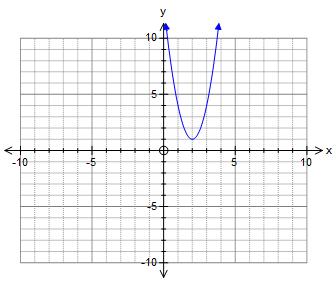#color(brown)("Introduction to idea of method.")#

When the equation is in the form #a(x-b)^2+c# then #x_("vertex")=(-1)xx(-b)#
If the equation form had been #a(x+b)^2+c# then #x_("vertex")=(-1)xx(+b)#
#color(brown)(underline(color(white)(" ."))#
#color(blue)("To find "x_("vertex"))#
So for #y=3(x-2)^2+1 :#
#color(blue)(x_("vertex")=(-1)xx(-2)=+2)#
#color(brown)(underline(color(white)(" ."))#
#color(blue)("To find "y_("vertex"))#
Substitute +2 into the original equation to find #y_("vertex")#
So #y_("vertex")=3((2)-2)^2+1#
#color(blue)(y_("vertex")=0^2+1 = 1)#
#color(brown)("Also notice this value is the same as the constant of +1 that is in the"# #color(brown)("vertex form equation.")#
#color(brown)(underline(color(white)(" ."))#
Thus: #color(green)("vertex" -> (x,y) -> (2,1))#
#color(purple)("~~~~~~~~~~~~~~~~~~~ Foot note ~~~~~~~~~~~~~~")#
Suppose the equation had been presented in the form of:
#y=3x^2-12x+13#
write as #y= 3(x^2-4x) +13#
If we carry out the mathematical process of
#(-1/2) xx(-4)=+2 =x_("vertex")#
The -4 comes from the #-4x" in "(x^2-4x)#
#color(purple)(" ~~~~~~~~~~~~~~~~~~End Foot note~~~~~~~~~~~~~~~~~~~~~~~~")#


